Lectures on Quantum Mechanics
Second Edition
Nobel Laureate Steven Weinberg combines exceptional physical insight with his gift for clear exposition, to provide a concise introduction to modern quantum mechanics, in this fully updated second edition of his successful textbook. Now including six brand new sections covering key topics such as the rigid rotator and quantum key distribution, as well as major additions to existing topics throughout, this revised edition is ideally suited to a one-year graduate course or as a reference for researchers. Beginning with a review of the history of quantum mechanics and an account of classic solutions of the Schrdinger equation, before quantum mechanics is developed in a modern Hilbert space approach, Weinberg uses his remarkable expertise to elucidate topics such as Bloch waves and band structure, the WignerEckart theorem, magic numbers, isospin symmetry, and general scattering theory. Problems are included at the ends of chapters, with solutions available for instructors at www.cambridge.org/9781107111660.
STEVEN WEINBERG is a member of the Physics and Astronomy Departments at the University of Texas at Austin. His research has covered a broad range of topics in quantum field theory, elementary particle physics, and cosmology, and he has been honored with numerous awards, including the Nobel Prize in Physics, the National Medal of Science, and the Heinemann Prize in Mathematical Physics. He is a member of the US National Academy of Sciences, Britains Royal Society, and other academies in the USA and abroad. The American Philosophical Society awarded him the Benjamin Franklin medal, with a citation that said he is considered by many to be the preeminent theoretical physicist alive in the world today. His books for physicists include Gravitation and Cosmology , the three-volume work The Quantum Theory of Fields , and, most recently, Cosmology . Educated at Cornell, Copenhagen, and Princeton, he also holds honorary degrees from sixteen other universities. He taught at Columbia, Berkeley, M.I.T., and Harvard, where he was Higgins Professor of Physics, before coming to Texas in 1982.
Steven Weinberg, a Nobel Laureate in physics, has written an exceptionally clear and coherent graduate-level textbook on modern quantum mechanics. This book presents the physical and mathematical formulations of the theory in a concise and rigorous manner. The equations are all explained step-by-step, and every term is defined. He presents a fresh, integrated approach to teaching this subject with an emphasis on symmetry principles. Weinberg demonstrates his finesse as an excellent teacher and author.
Barry R. Masters, Optics and Photonics News
Lectures on Quantum Mechanics must be considered among the very best books on the subject for those who have had a good undergraduate introduction. The integration of clearly explained formalism with cogent physical examples is masterful, and the depth of knowledge and insight that Weinberg shares with readers is compelling.
Mark Srednicki, Physics Today
Perhaps what distinguishes this book from the competition is its logical coherence and depth, and the care with which it has been crafted. Hardly a word is misplaced and Weinbergs deep understanding of the subject matter means that he leaves no stone unturned: we are asked to accept very little on faith it is for the reader to follow Weinberg in discovering the joys of quantum mechanics through a deeper level of understanding: I loved it!
Jeff Forshaw, CERN Courier
An instant classic clear, beautifully structured and replete with insights. This confirms [Weinbergs] reputation as not only one of the greatest theoreticians of the past 50 years, but also one of the most lucid expositors. Pure joy.
The Times Higher Education Supplement
University Printing House, Cambridge CB2 8BS, United Kingdom
Cambridge University Press is part of the University of Cambridge.
It furthers the Universitys mission by disseminating knowledge in the pursuit of education, learning and research at the highest international levels of excellence.
www.cambridge.org
Information on this title: www.cambridge.org/9781107111660
Cambridge University Press 2015
This publication is in copyright. Subject to statutory exception and to the provisions of relevant collective licensing agreements, no reproduction of any part may take place without the written permission of Cambridge University Press.
First published 2015
Printed in the United Kingdom by TJ International Ltd. Padstow Cornwall
A catalogue record for this publication is available from the British Library
Library of Congress Cataloging-in-Publication Data Weinberg, Steven, 1933 author.
Lectures on quantum mechanics / Steven Weinberg, The University of Texas at Austin. Second edition.
pages cm
Includes indexes.
ISBN 978-1-107-11166-0 (hbk.)
1. Quantum theory. I. Title.
QC174.125.W45 2015
530.12dc23
2015021123
ISBN 978-1-107-11166-0 Hardback
Additional resources for this publication at www.cambridge.org/9781107111660
Cambridge University Press has no responsibility for the persistence or accuracy of URLs for external or third-party internet websites referred to in this publication, and does not guarantee that any content on such websites is, or will remain, accurate or appropriate.
For Louise, Elizabeth, and Gabrielle
Contents
Preface
Preface to First Edition
The development of quantum mechanics in the 1920s was the greatest advance in physical science since the work of Isaac Newton. It was not easy; the ideas of quantum mechanics present a profound departure from ordinary human intuition. Quantum mechanics has won acceptance through its success. It is essential to modern atomic, molecular, nuclear, and elementary particle physics, and to a great deal of chemistry and condensed matter physics as well.
There are many fine books on quantum mechanics, including those by Dirac levels, multipole radiation, etc.
The chapters of the book are divided into sections, which on average approximately represent a single seventy-five minute lecture. The material of this book just about fits into a one-year course, which means that much else has had to be skipped. Every book on quantum mechanics represents an exercise in selectivity I cant say that my selections are better than those of other authors, but at least they worked well for me when I taught the course.
There is one topic I was not sorry to skip: the relativistic wave equation of Dirac. It seems to me that the way this is usually presented in books on quantum mechanics is profoundly misleading. Dirac thought that his equation is a relativistic generalization of the non-relativistic time-dependent Schrdinger equation that governs the probability amplitude for a point particle in an external electromagnetic field. For some time after, it was considered to be a good thing that Diracs approach works only for particles of spin one half, in agreement with the known spin of the electron, and that it entails negative-energy states, states that when empty can be identified with the electrons antiparticle. Today we know that there are particles like the  that are every bit as elementary as the electron, and that have distinct antiparticles, and yet have spin one, not spin one half. The right way to combine relativity and quantum mechanics is through the quantum theory of fields, in which the Dirac wave function appears as the matrix element of a quantum field between a one-particle state and the vacuum, and not as a probability amplitude.
that are every bit as elementary as the electron, and that have distinct antiparticles, and yet have spin one, not spin one half. The right way to combine relativity and quantum mechanics is through the quantum theory of fields, in which the Dirac wave function appears as the matrix element of a quantum field between a one-particle state and the vacuum, and not as a probability amplitude.

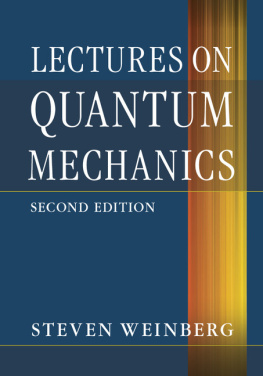
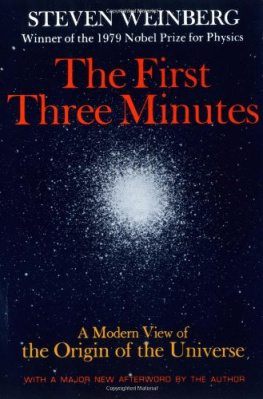
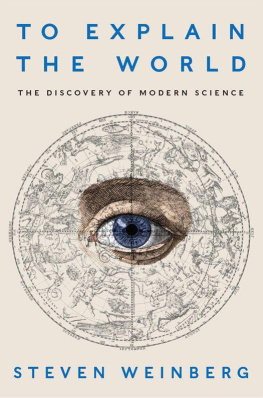


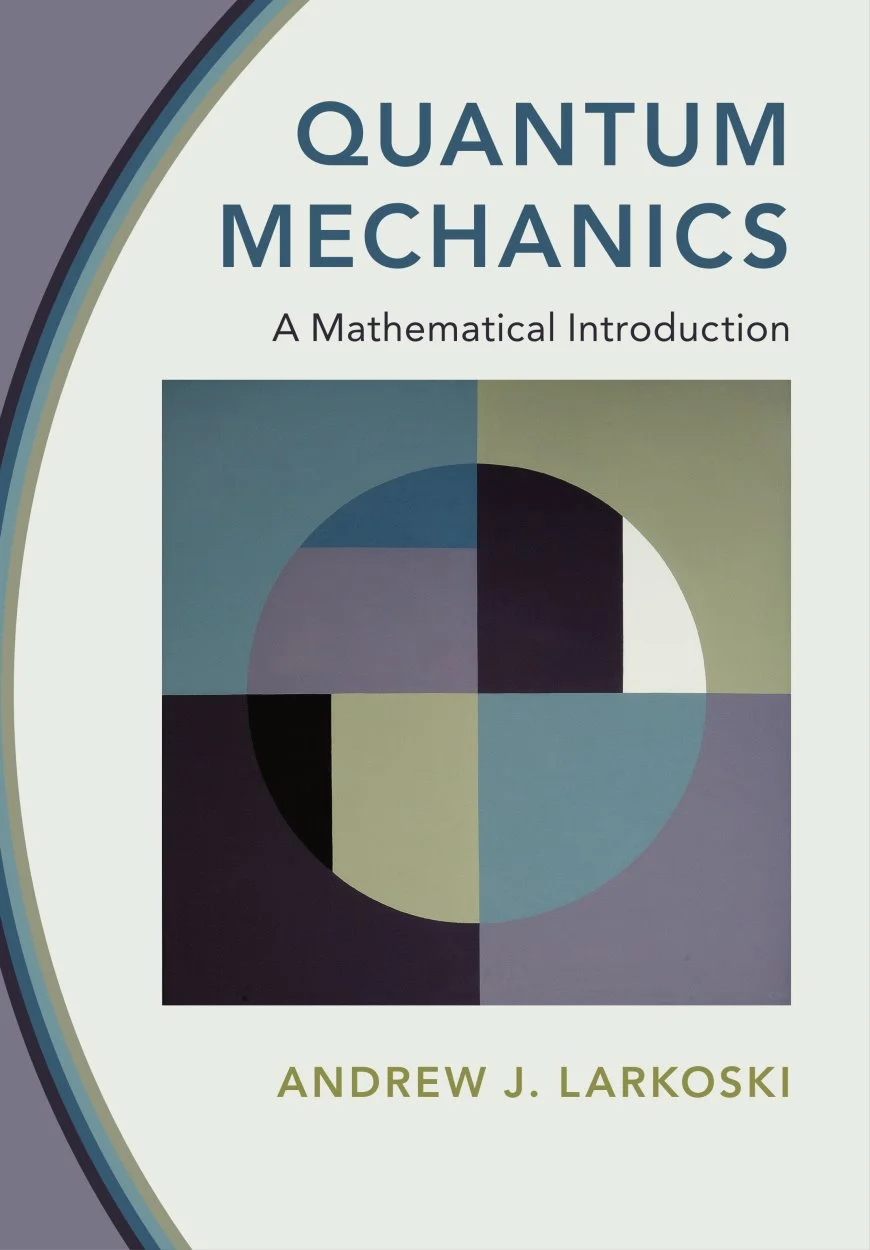
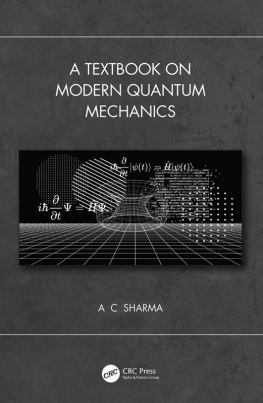
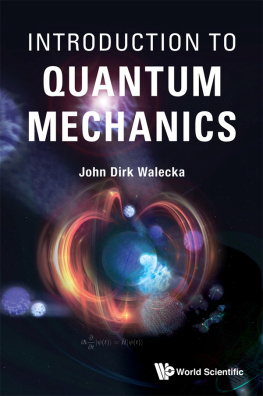
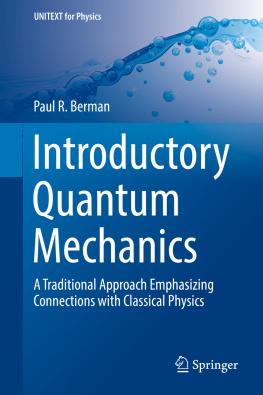
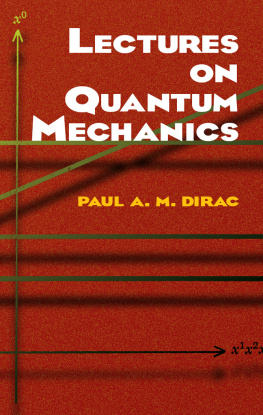


 that are every bit as elementary as the electron, and that have distinct antiparticles, and yet have spin one, not spin one half. The right way to combine relativity and quantum mechanics is through the quantum theory of fields, in which the Dirac wave function appears as the matrix element of a quantum field between a one-particle state and the vacuum, and not as a probability amplitude.
that are every bit as elementary as the electron, and that have distinct antiparticles, and yet have spin one, not spin one half. The right way to combine relativity and quantum mechanics is through the quantum theory of fields, in which the Dirac wave function appears as the matrix element of a quantum field between a one-particle state and the vacuum, and not as a probability amplitude.